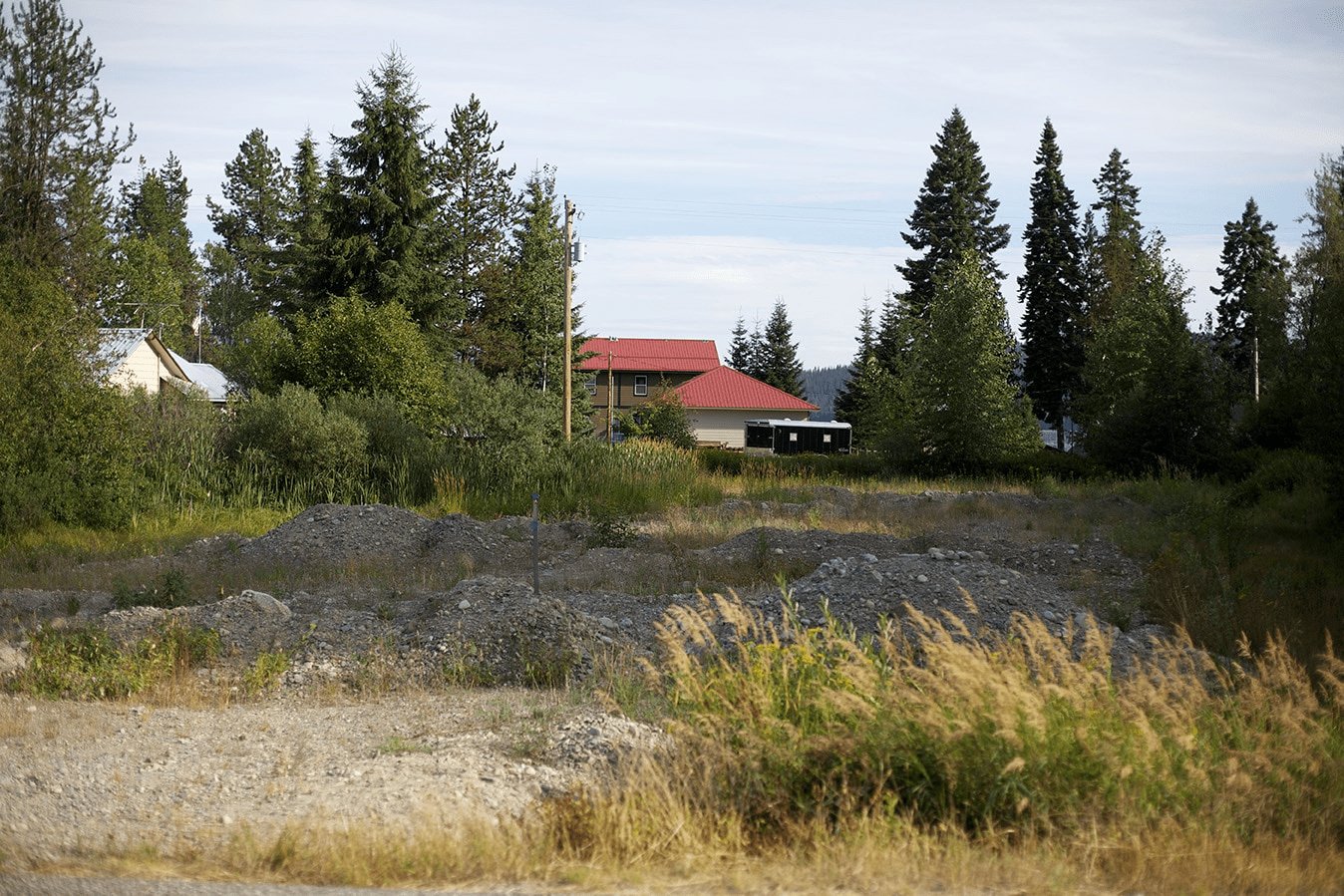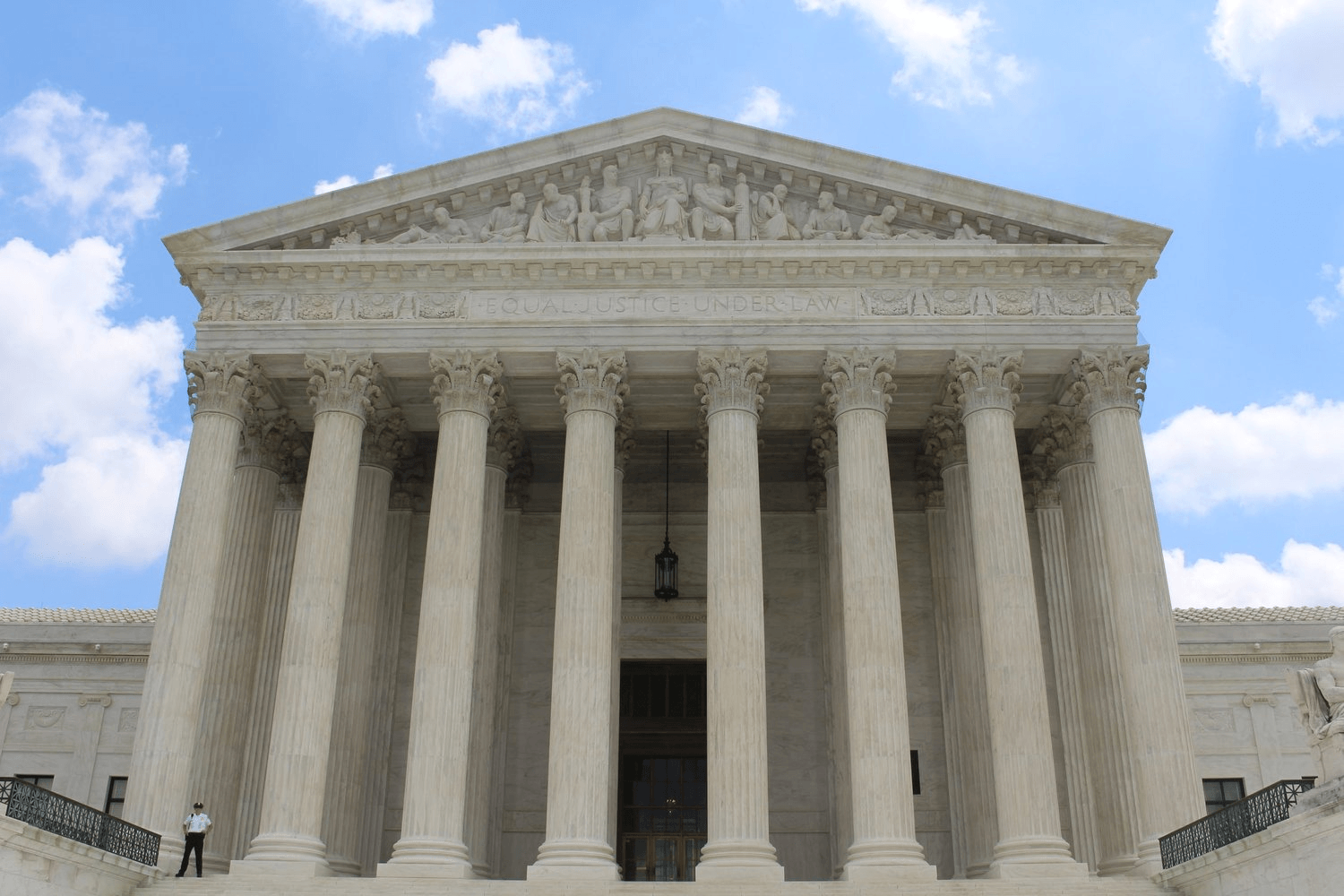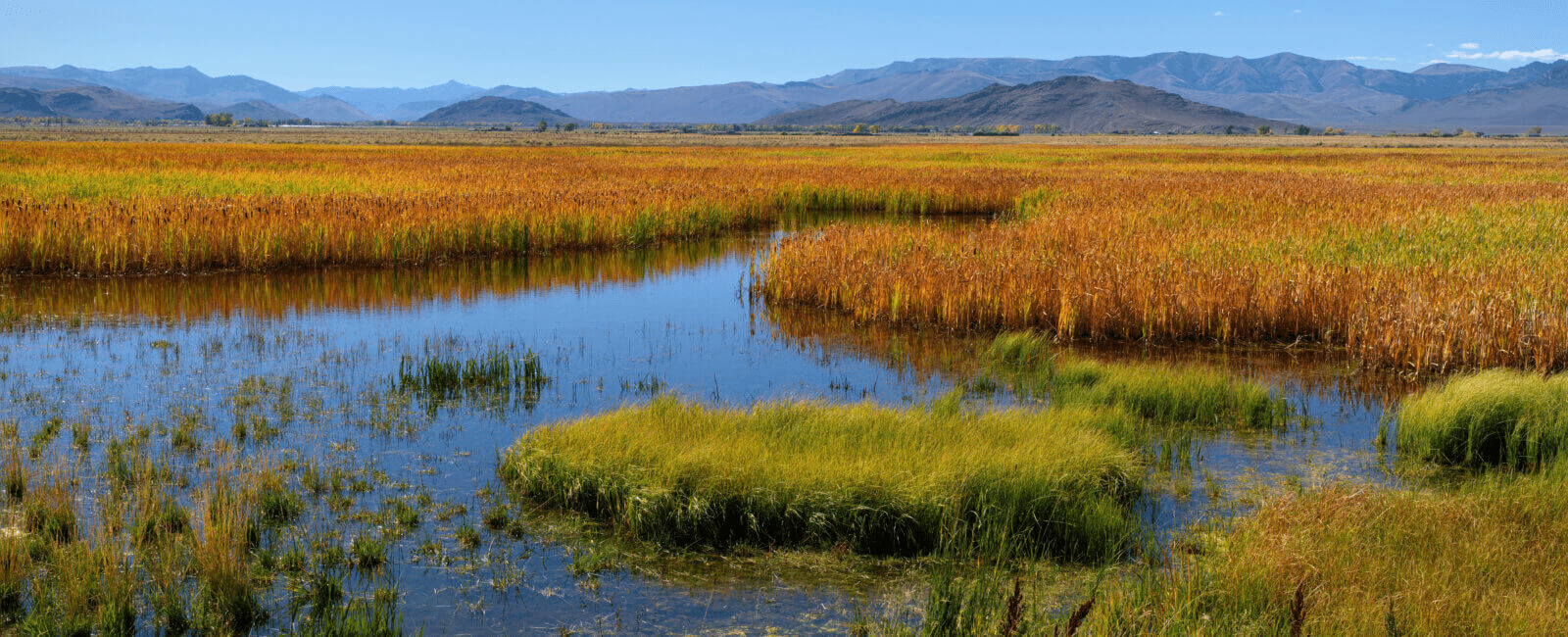We have much more to do and your continued support is needed now more than ever.
The Saga Continues: The Sacketts, the Lawsuit, and the Clean Water Act

This blog is the first in a six-part series. Here are the second, third, fourth, and fifth parts.
In 2004 an Idaho couple, Chantell and Mike Sackett, purchased a plot of land, hoping to develop it for personal use. Instead of conducting comprehensive environmental and land use history assessments to obtain Clean Water Act permits, they began development.
Wetlands generally include swamps, marshes, bogs, and similar areas such as sloughs, potholes, wet meadows, river overflows, mud flats, and natural ponds, and are protected under the Clean Water Act, as a constituted water of the United States (WOTUS). The Clean Water Act is one of the United States’ foundry environmental laws, that governs the pollution of bodies of water across the Nation. Primarily, the Clean Water Act aims to maintain and protect fishable, swimmable waters in the Nation’s borders, and provide access to safe recreational and personal use activities for all residents. The Safe Drinking Water Act deals with water that comes out of the tap rather than the source waters themselves. More information on the Clean Water Act can be found here, in a document prepared by the National Wildlife Federation’s National Advocacy Center team in 2022.
Over the course of the Sacketts’ development projects, the EPA notified them of their failure to comply with the Clean Water Act, and that they needed to stop development or face fines and penalties. Rather than apply for and seek the appropriate permit or create alternatives to their development plans, the Sacketts partnered with Pacific Legal Group to fight the EPA.
Fifteen years later, the Sackett case is still unresolved. The Sacketts have brought their case to the Supreme Court once again in hopes of determining a comprehensive resolution. Sackett v. EPA is a 2022 Supreme Court case that focuses on what, under the Clean Water Act, constitutes waters of the United States.
A groundbreaking case
Sackett v. EPA (2022) is set to be a groundbreaking case that could determine whether waters critical for drinking supply or flood retention continue to be federally protected against pollution and destruction.
The federal clean water act has historically protected virtually all important waters, as water flows downhill and upstream waters are important to the health of downstream waters. However, the Supreme Court has created some confusion over which waters are protected in a 2001 case called SWANCC v U.S. Army Corps and a 2006 case called Rapanos v. United States.

Rapanos was a split decision with the late Justice Scalia using a dictionary definition to find that waters of the United States needed to be relatively permanent and that only a limited number of wetlands were protected. Justice Kennedy concurred in the decision, but disagreed with the restrictive test of Justice Scalia. Justice Kennedy would more broadly protect Waters based on whether those waters had a significant nexus to larger downstream waters based on ecological and scientific factors. Since Rapanos, courts have ruled that Justice Kennedy’s test is the controlling one.
As we see the Sacketts go to court once again and prepare for the impending ruling, we are forced to consider what this could mean for the Clean Water Act and for the environment overall. The Sacketts are asking the Court to adopt an even more restrictive definition of waters of the United States than Justice Scalia’s. In the face of some of the worst impacts of climate change we have ever known and with access to clean, affordable water becoming more limited, the 2022 Sackett v. EPA case could damage the Clean Water Act irreparably. If the Sacketts win against the EPA, it could mean that communities around the United States are at an increased risk of being harmed by polluted waters.
Water, at its core, must be protected to sustain human life and those protections will look different based on the body of water. The Clean Water Act has generated immense improvements in water quality in the 50 years since its creation. If the Court accepts the Sackett’s definition of waters of the United States, it could remove historic protections for half of the wetlands in the contiguous United States and up to 70% of all streams. This could undo all of that progress, which is concerning because there is still quite a ways to go to achieve more comprehensive improvements and solutions to water pollution.
The Court should affirm a clear and protective definition of waters of the United States as Congress intended when it passed the Clean Water Act. What is at risk is the conservation of crucial waters such as wetlands that puts thousands of environments at increased susceptibility for damage and countless communities at risk of impaired water access and quality. We cannot afford to lose crucial water resources that communities rely on, especially in the face of the worsening and unavoidable impacts of climate change.

Engaging with the Sackett case is important. The environmental legislation that is implicated in this case is some of the most impactful in the Nation, and drawing critical public attention to ensuring that fairness and equity persevere in the outcome is essential.
As we monitor the progress of this case heading to court, and considering the issues cities and states are currently facing around water, the future of our water and its protection is something we all need to consider.





















